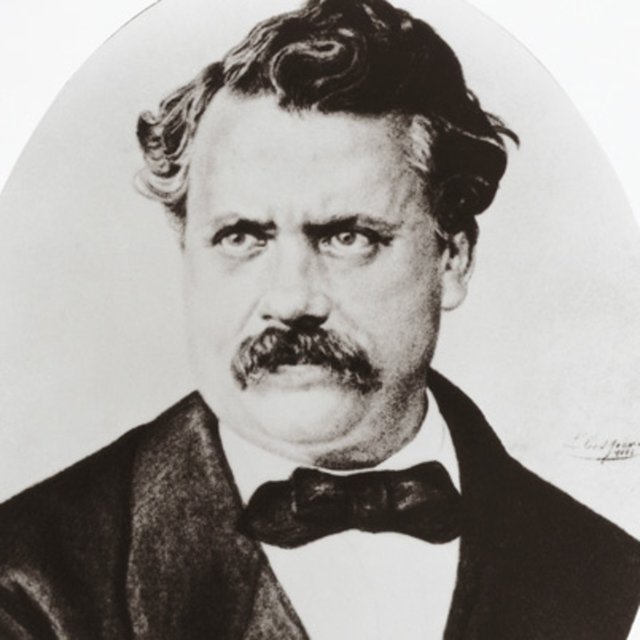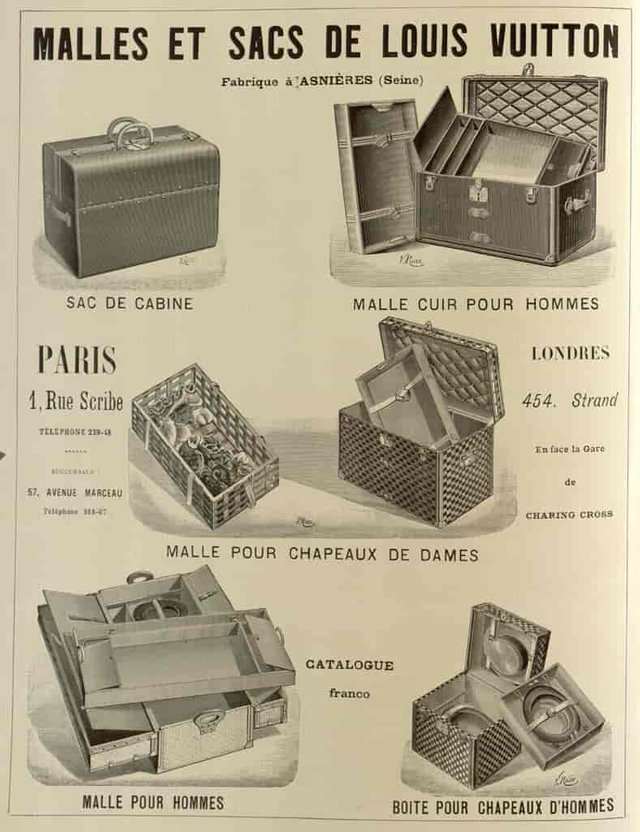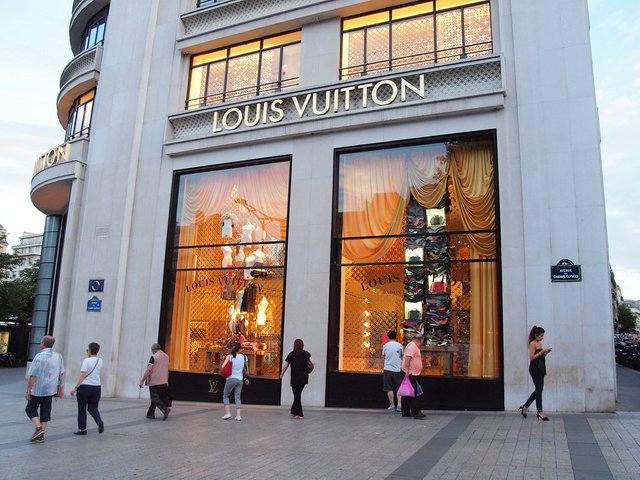
One of the world's best-known luxury brands, Louis Vuitton is known for its fabulous creations of the highest quality, from suitcases to classic bags, apparel, footwear, accessories and homewares.
Thanks to the dedication and ingenuity shown in the company's more than 160 years of history, its iconic canvas creations are recognizable by everyone, especially the Monogram print.
But do you know how this great maison was born? Do not know?!. So, let's find out more about the origins of the Louis Vuitton brand and its past.
How it all began

Louis Vuitton originated from a small village in the Jura region, close to the Franco-Swiss border. Louis Vuitton was born on August 4, 1821 into a humble family of millers and carpenters. At just 16 years old, he decided to walk to Paris, the capital of the country (a distance of about 400 km), in order to learn how to work wood in two years.
After some time, young Louis was taken on as an apprentice by Monsieur Marechal, a trunk maker, whose clients were members of Parisian high society.
Being a very hardworking man, Louis Vuitton dedicated himself to the craft and sought to create something useful, practical and beautiful, different from the products already offered, which was an innovative concept at the time.
In 1851, Louis' fortunes began to change when he was taken to the Tuileries Palace to pack Empress Eugenia's luggage when Emperor Napoleon III visited there. From there, the young Frenchman began to reap the rewards of his hard work and period of study.
Birth of the brand

Then, in 1854, Louis Vuitton opened the Maison Louis Vuitton Malletier at 4 Rue Neuve-des-Capucines, in the heart of Paris, near the legendary Place Vendôme.
The first idea was to develop a waterproof waxed canvas as an alternative to leather and to launch the concept of a "waterproof bag". Vuitton produced a fabric that was less stiff than genuine leather and had a pleasant smell (at the time suitcases were said to smell bad).
While the workshop was open, Louis Vuitton continued to receive orders for limited, innovative products such as trunks that turned into beds.
Four years after the Maison opened, he was the first to create a new form of trunk, the "malle plate" (a straight lid instead of the usual hinged one) to make it easier to fit into ships' holds and stack on trains, and added a detail to every piece: his signature, painted gray. His craftsmanship attracted the attention of many aristocrats, and orders for Louis Vuitton increased.
Due to the considerable growth of the company and the demand for orders, the son of Louis Georges Vuitton joined his father in 1870. That same year, Louis introduced the 'Gris Trianon' in light gray canvas, a product that innovated the trunk principle. of canvas material in light gray color. Even bulky, the Trianon was quite light, as it was made from poplar wood.
In 1876 Louis Vuitton was forced to take the first measures against counterfeits, replacing the famous gray canvas Trianon model with beige and brown stripes.
The expansion of Louis Vuitton

Thirty years after its founding, Louis Vuitton opened its first store outside France on fashionable Oxford Street in London.
Georges Vuitton took over the brand and showed that he had inherited his father's inventive genes.
In 1888, the extremely talented Georges created the Damier pattern, followed a few years later by the classic Monogram pattern (still in use today) to eliminate imitation of the brand.
Louis Vuitton has never stopped growing over the years and has gained countless fans. Great talents supported the brand and iconic bags such as Alma, Speedy and Neverfull were created, becoming the consumer dream of countless women around the world. Nowadays, the French maison is considered one of the most famous brands in the world.